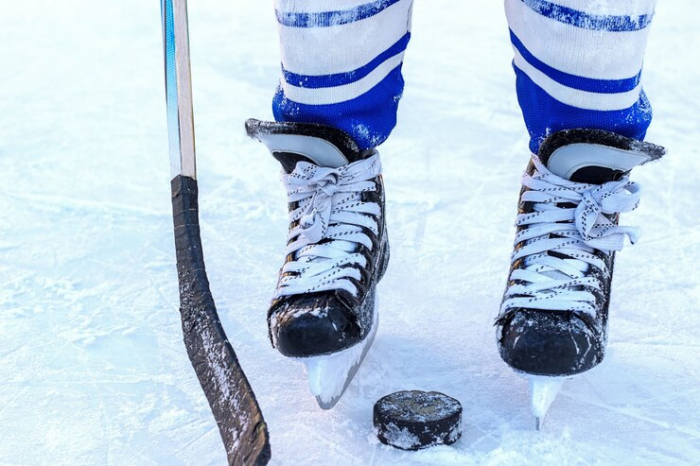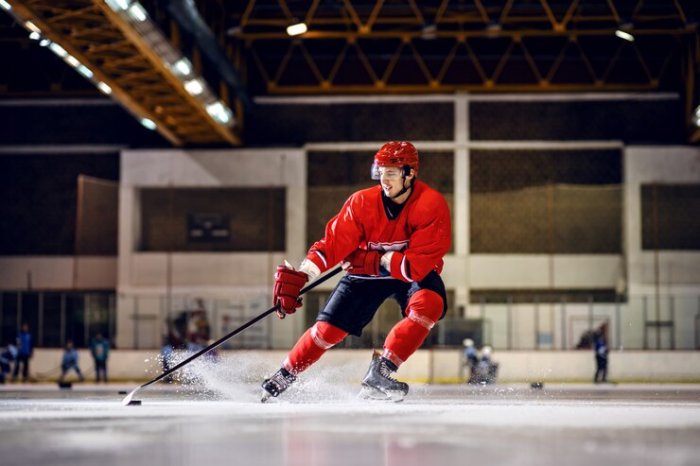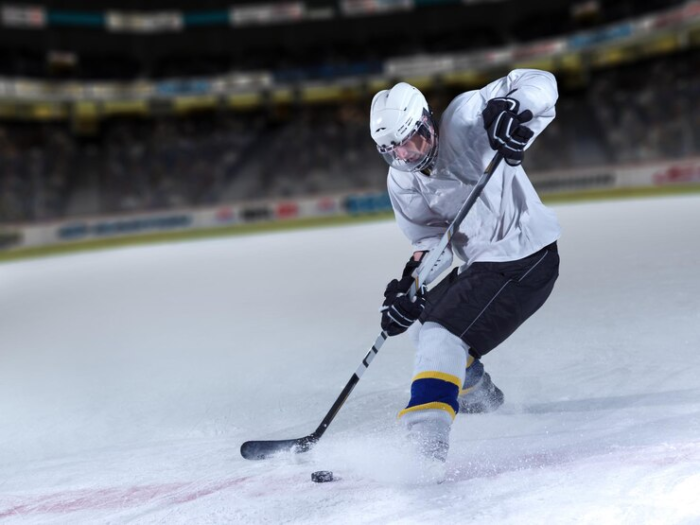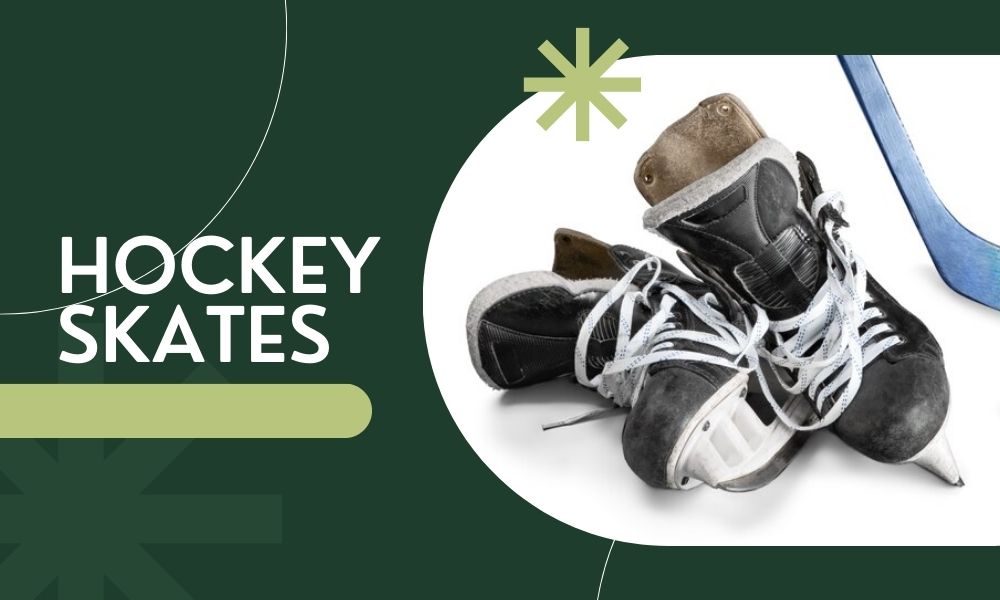Typically, a good pair of hockey skates with regular use should last about 3-5 years. While with periodic use, that time can increase up to 8 years before the skates start hindering your performance.
Several factors like the overall quality of the skates, the presence of redundant moisture during storage, and the amount of upkeep done significantly affect the time your skates stay crisp.
In this article, we’ll look more into what causes the degradation of your skates and how to mitigate it and how long do hockey skates last.
Factors Affecting Your Skates’ Longevity
Improper lacing techniques and careless use
Wrong lacing techniques and poor storage conditions are substantial deciding factors in how long your skates last. Proper lacing keeps the energy and motion of your body directed toward the skate blade instead of losing it and placing extra stress on the boot.
Blocking and kicking pucks with your skates or wearing skates with a lot of force and carelessly, and without doing your laces properly are all things we do without paying much attention, oblivious to how much they wear our skates down.
Over-sharpening

Another common factor affecting how long your skates last is over-sharpening your blades. Of course, intermittently sharpening your blades is necessary to maintain speed and the quality of braking and turns you make with them. But sharpening them too often, when it’s not required, causes more harm than good.
Extra sharp blade runners damage the skates and can become a health hazard at times too. Even though we all love speed, this should be avoided.
Inadequate maintenance
Owning a pair of skates and maintaining them are two different things. Without proper maintenance, your precious skates would soon turn into fancy boots, given enough ignorance. Leaving skates damp, not checking on the blade holder and runner regularly, and not replacing your blades when necessary, all contribute to reducing the lifespan of your skates.
Low-quality material
While buying skates, you should take note of the quality of the material it is made of. The poor quality metal of the blades is the most common manufacturing cheap-out and should be kept in mind while buying the skates. Not buying good quality skates reduces your enjoyment on ice and the time you get before needing to buy another pair.
Signs Of Wear And Tear

While it’s important to know what common factors are to the detriment of your skates, it’s just as important to be able to point out and recognize when your skates are worn out and need to be replaced.
Below are some of the telltale signs of your hockey skates reaching their limit.
- The boot of your skates feel too loose or feel like they are slipping out
- The boot tongue feels worn out and rough
- The blade holder can’t hold the blades in place properly anymore
- There are cracks on the supports for the blade runner
- The supports for your ankle and feet don’t feel comfortable anymore
Tips To Make Your Skates Last Longer
Keep your skates dry
Rust formation on your blade holders and other parts of your skates causes irreversible damage, and hence it’s crucial to make sure your skates are stored in a dry place and do not have any water on them or in them. Wiping your skates’ blades and drying them properly before storing them are both simple things that would go a long way to keeping your skates safe.
Loosen the laces before wearing or opening the skates
In such a fast-paced world, we sure do love to just slide our feet in and take them out without even touching the laces, I mean who’s got the time for that, right? Well no, not really. That’s not how it works when it comes to hockey skates. Recklessly sliding out your feet or forcing your way in to save time is a big mistake as it damages the material inside the boot and makes the skate slack faster, getting rid of the cushiony feeling of the skates. Just take your time and spend an extra minute to loosen your skates, you’d be doing your skates and yourself a favor.
Use proper lacing techniques

Leaving your laces untied or getting a bit too creative with how you tie them leads to deterioration faster and also leaves you prone to accidents. For example, parents sometimes tie the laces around the ankles in youth leagues. While that lacing method is a marvel in itself, albeit a ridiculous one, it doesn’t just give you lace bites more often, it also restricts your movement and makes your foot move awkwardly inside your skates.
Learning proper lacing methods is a good way to keep yourself and your skates safe, to ensure that your feet are tightly secured and that your skates move freely; how they’re supposed to.
Don’t use plastic skate guards for storage
Using skate guards is good practice when you need to go small distances, like from the playing area to your locker, but storing and carrying your skates in plastic skate guards, all the time, can be really bad for your skates.
A plastic skate guard traps the moisture present in your skates and doesn’t let it escape. As a result, rust begins forming on the blade and other metallic parts of the skates, which eventually leads to irreversible and irreparable corrosion. Using fabric skate guards is a much better option to keep your skates free from moisture.
Better maintenance
Proper maintenance involves sharpening your blades at the appropriate times and making sure all the screws and rivets in your skates are always tight. Of course, it’s not very often that you actually need to tighten the screws or sharpen your blades, but checking every now and then just keeps you safer.
Closing Thoughts
Skates can last anywhere from 3 to 8 or more years, but it mostly depends on how well you maintain them. Making sure that you sharpen your blades often(but not too often), paying attention to the condition of your insoles and the blade holder, and properly storing them are a few things you can do to ensure your skates last as long as possible. Your skates take care of you by not letting you fall and giving you optimal speed when playing games, so why not take care of them too?

